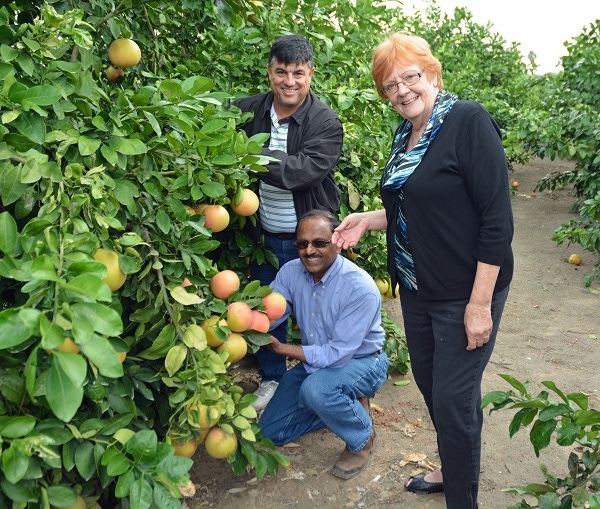December 2, 2013

A Texas A&M plant pathologist has encouraged citrus producers to follow in the footsteps of the Dr. Norman Borlaug and create an “Orange Revolution” to improve productivity.
Five years ago, Dr. Mani Skaria, then a plant pathologist at the Texas A&M University-Kingsville Citrus Center at Weslaco, encouraged the citrus growers he worked with to think outside the box.
Too many factors, including exotic diseases, high land prices and urbanization, were slowly squeezing veteran citrus growers out of the business, he said. The citrus industry wasn’t doing well and it was time for growers to change their longtime cultural practices.
If you are enjoying reading this article, please check out Southwest Farm Press Daily and receive the latest news right to your inbox.
Skaria’s revolution, named after Dr. Norman Borlaug’s Green Revolution and his life-saving wheat improvement projects of the mid-20th century, called for growers to switch to high-density planting using micro-budded trees that produce fruit quickly.
Also of interest on Southwest Farm Press:
Disease Management in Citrus Orchards in California, Florida and Texas
You May Also Like




